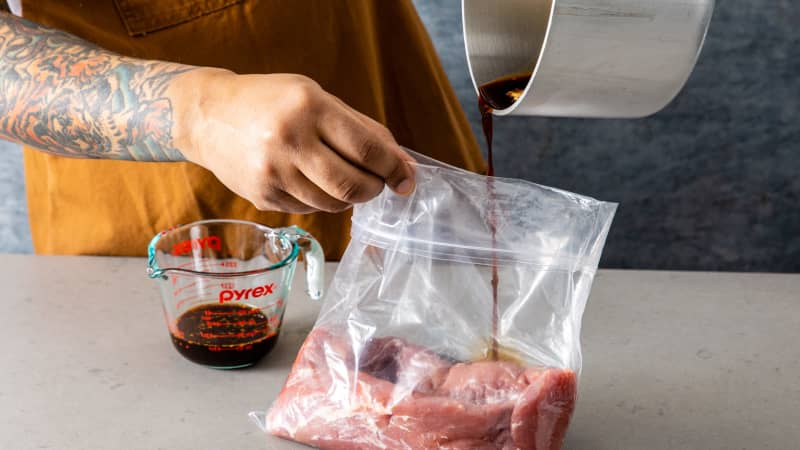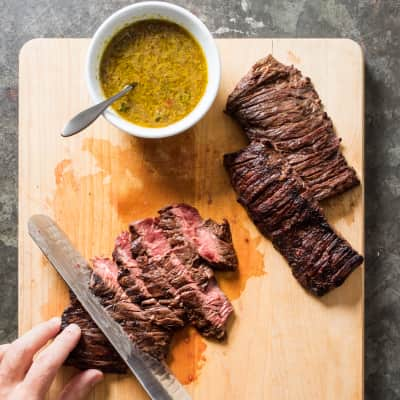In fact, salt is even more important than liquid in a marinade. And soy sauce and miso paste are two of our favorite ways to get the saltiness that a marinade needs.
Soy sauce is a double-duty secret weapon in many of our marinades. Its saltiness seasons, and its glutamates—taste-bud stimulators related to umami—enhance savory flavor. Salty, soy-based miso paste acts in much the same way as soy sauce, and a thick marinade made from miso and a little liquid clings to the surface of a protein, letting the salt do its work of loosening muscle fibers to let in flavor while keeping in moisture.







